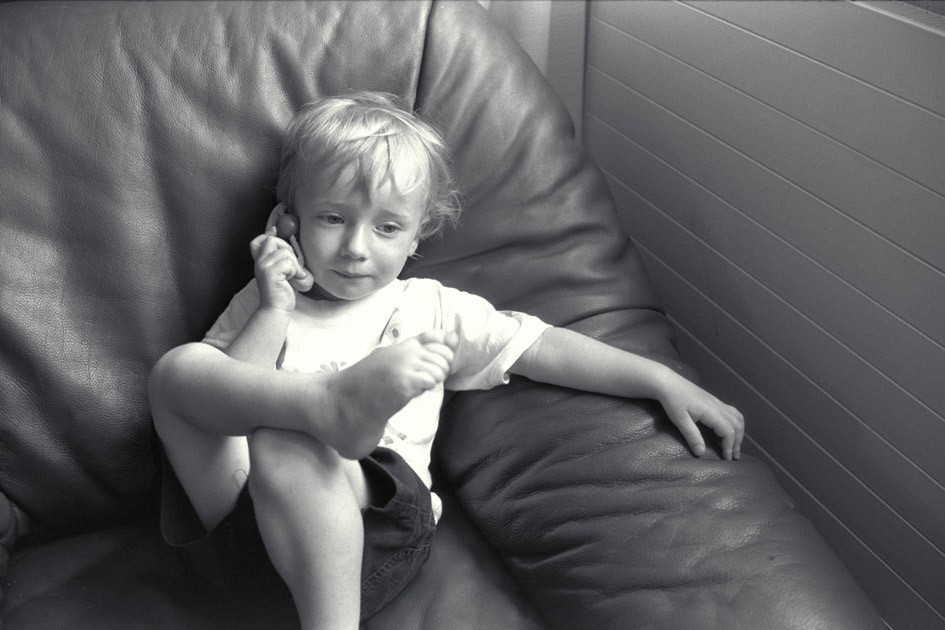 Piaget’s early work in psychology was on psychoanalysis. In the 1920s he moved away from this field and began to exploit the so-called “clinical method,” with which he and his numerous collaborators—mostly women—would collect tens of thousands of data for research. During his 60 years of publications in psychology, Piaget used different models to explain the development of intelligence, which were integrated with each other. From 1921 to 1932, he explained the development mainly through a shift from egocentrism to cooperation; from 1925 a second model based on biological adaptation helped to understand the development of knowledge. In the early 1940s, a genetic structuralism emerged from which he analyzed the genesis of concepts through operatory systems. At the same time, he launched a program of experimental psychology that showed that perception develops and depends on action. From the 1950s onwards, in collaboration with Bärbel Inhelder, the explanation took on a more functionalist meaning that culminated in texts on mental image or memory. In the 1960s, together with Paul Fraisse, he co-edited the Traité de psychologie expérimentale, which served as a textbook for two generations of French-speaking psychologists. Finally, in the 1970s there was a major innovation with the second model of equilibrium and the focus on concepts such as dialectics, contradiction and reflective abstraction.
Piaget’s early work in psychology was on psychoanalysis. In the 1920s he moved away from this field and began to exploit the so-called “clinical method,” with which he and his numerous collaborators—mostly women—would collect tens of thousands of data for research. During his 60 years of publications in psychology, Piaget used different models to explain the development of intelligence, which were integrated with each other. From 1921 to 1932, he explained the development mainly through a shift from egocentrism to cooperation; from 1925 a second model based on biological adaptation helped to understand the development of knowledge. In the early 1940s, a genetic structuralism emerged from which he analyzed the genesis of concepts through operatory systems. At the same time, he launched a program of experimental psychology that showed that perception develops and depends on action. From the 1950s onwards, in collaboration with Bärbel Inhelder, the explanation took on a more functionalist meaning that culminated in texts on mental image or memory. In the 1960s, together with Paul Fraisse, he co-edited the Traité de psychologie expérimentale, which served as a textbook for two generations of French-speaking psychologists. Finally, in the 1970s there was a major innovation with the second model of equilibrium and the focus on concepts such as dialectics, contradiction and reflective abstraction.




